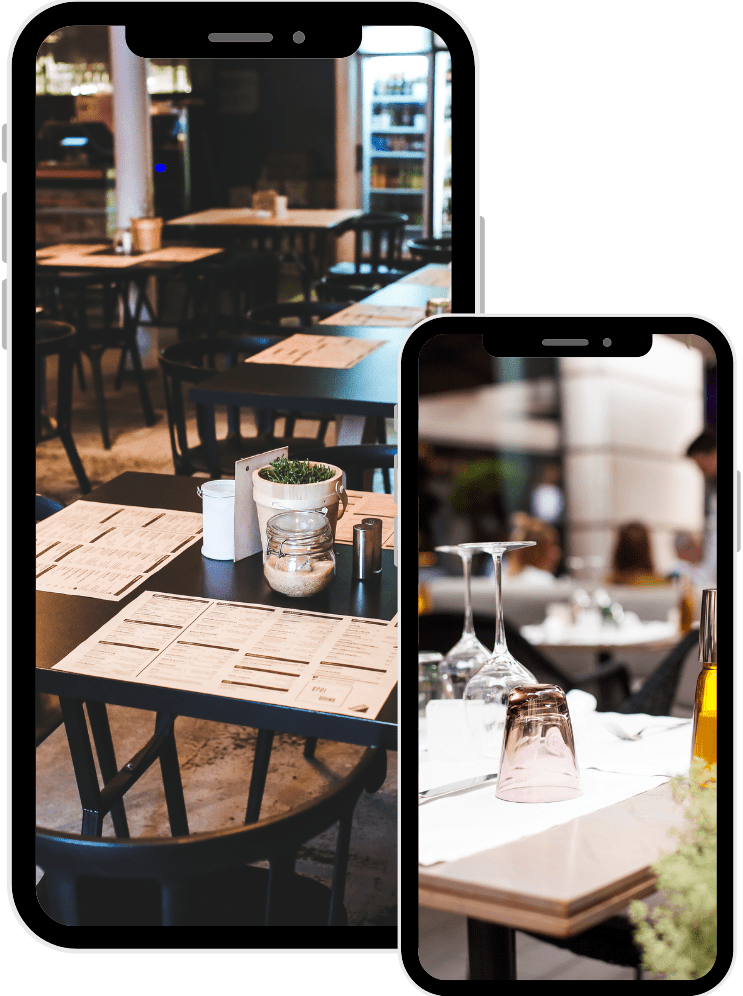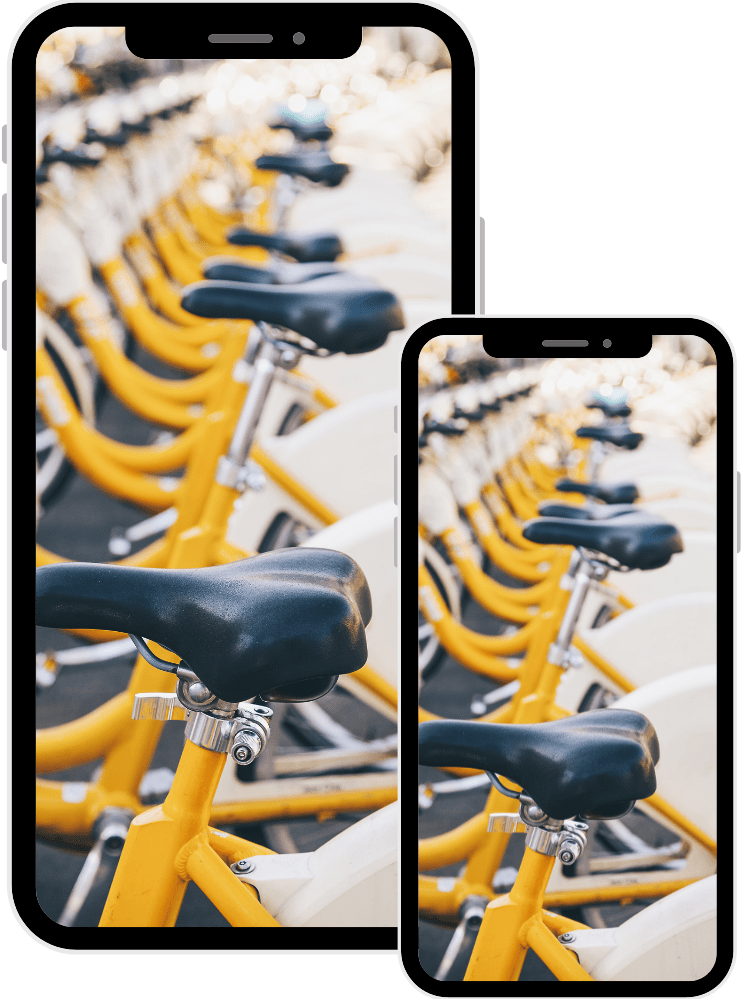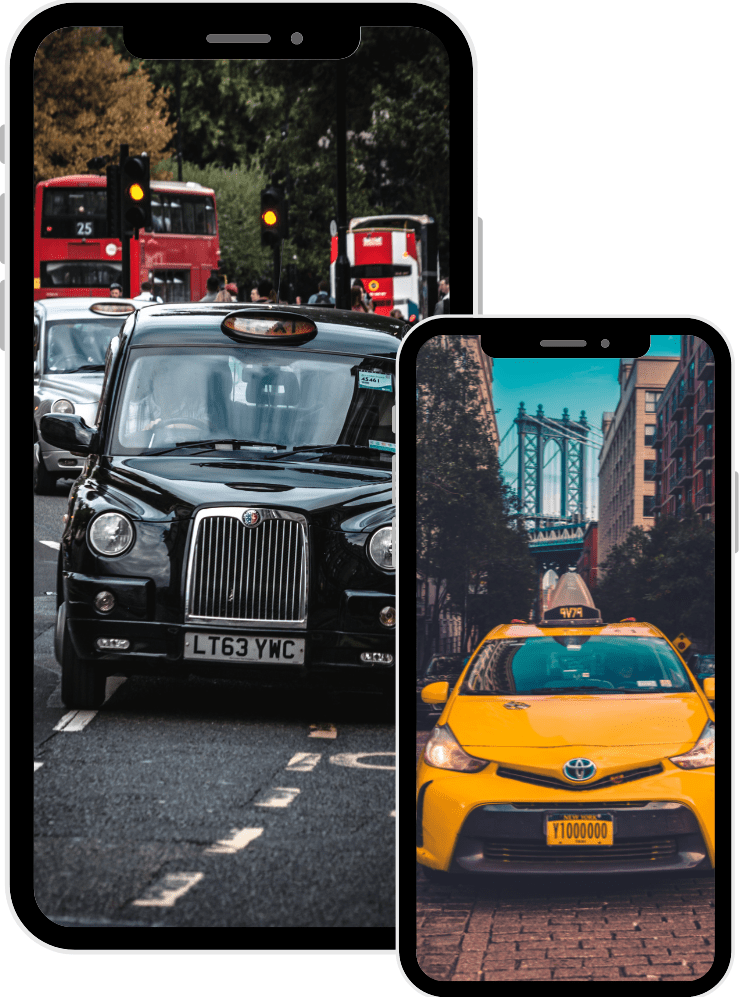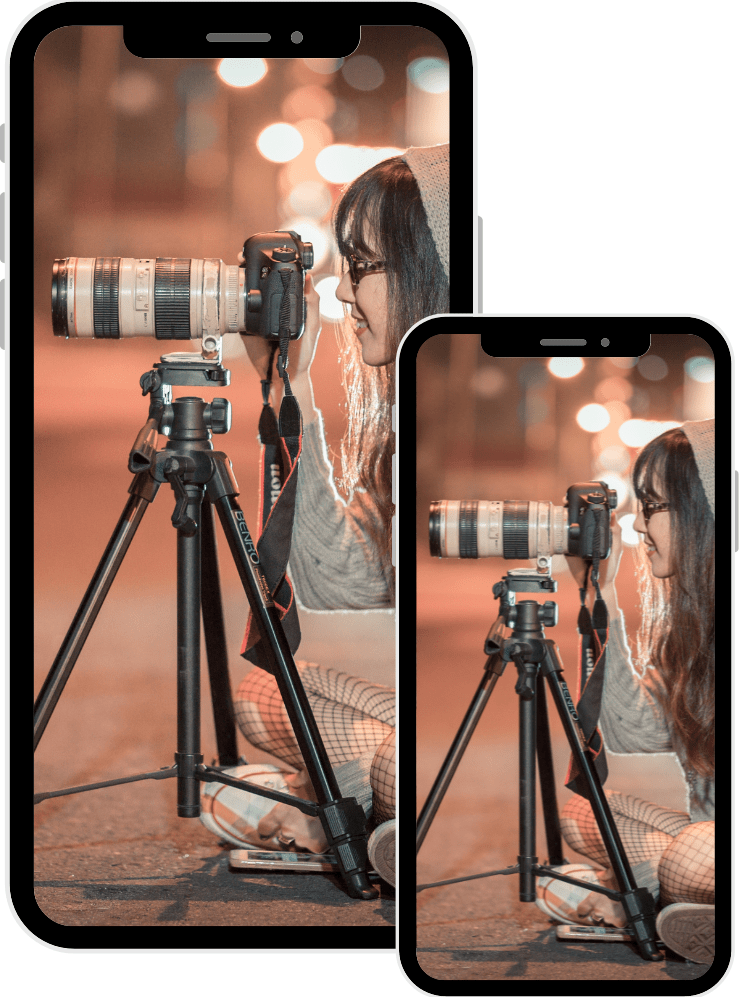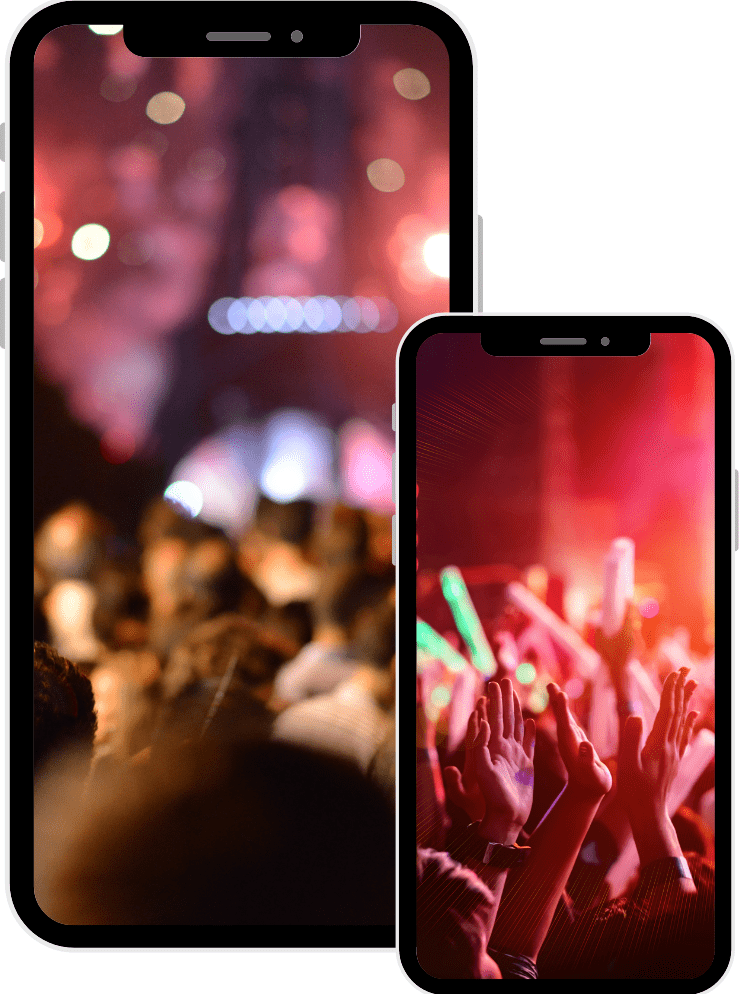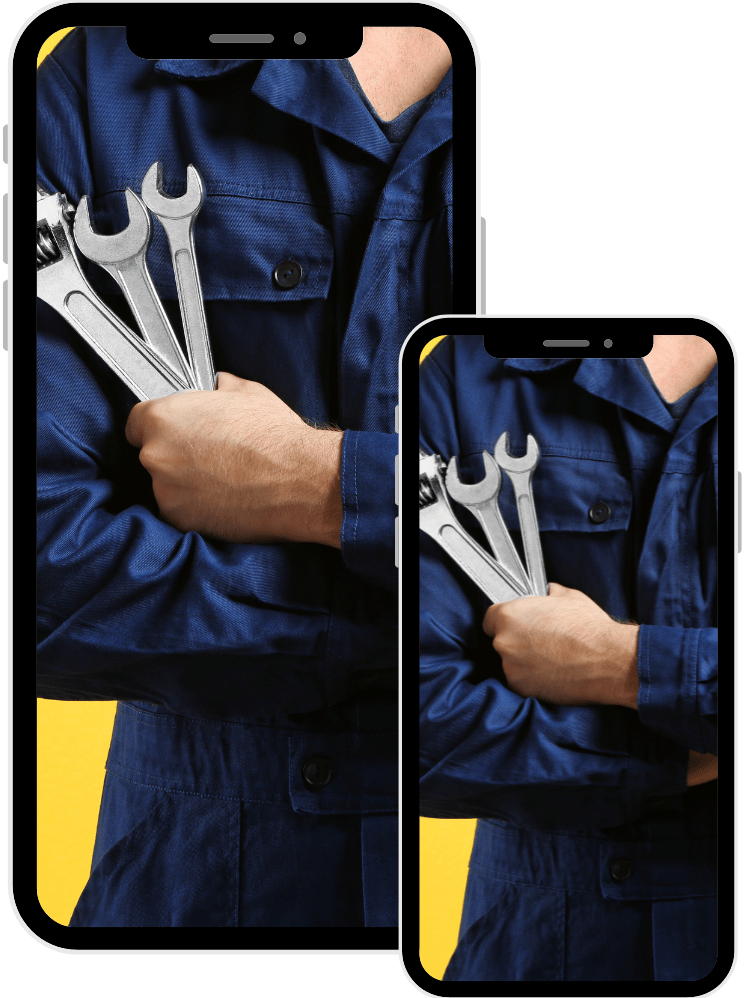Restaurant Table Booking App

A restaurant table booking app allows users to easily reserve a table at their preferred restaurant through their mobile devices. It typically offers features such as real-time availability, seating preferences, special requests, and the ability to modify or cancel reservations. Users can also view restaurant menus, photos, and reviews, and sometimes receive special discounts or rewards for using the app. Overall, the app provides a convenient and efficient way to make dining arrangements, making it a popular choice for busy restaurant-goers.
A restaurant table booking app may have the following features:
1. Search functionality: The app allows users to search for restaurants based on several parameters such as location, cuisine, price range, and availability.
2. Real-time availability: The app displays real-time availability for tables at each restaurant, allowing users to make informed booking decisions.
3. Table selection: Customers would be able to choose their desired table from a seating chart or a list of available tables.
4. Booking confirmation: The app sends consumers a confirmation of their booking, including the date, time, and location of the reservation.
5. In-app communication: The app will have a message system that will allow consumers to directly contact with the restaurant, either to ask questions or make specific requests.
6. Customers can give a review of the restaurant’s services after their eating experience. This allows other users to make more informed selections when choosing a restaurant.
7. Social media integration: The app may be linked to social media sites such as Facebook and Twitter, allowing customers to share their eating experiences with their friends and followers.
8. Loyalty plan: The app has a loyalty system that pays clients for making repeat reservations or submitting reviews.
9. Notifications: Users can receive booking notifications, reminders about impending reservations, and other essential information.
10. Payment gateway: The app will include a secure payment gateway that will allow clients to pay with credit cards, debit cards, or other means.
Overall, a restaurant table booking app can be beneficial to both customers and establishments. It simplifies the booking procedure, lowers the danger of no-shows, and gives restaurants a platform to advertise their meals and services.
Work On Every Device
Our Designed Apps Will work On Every Device
Easy To share
Share your App link Via Email and Scanner Code
Easy To find
Find it Very easy to help with apps and free
Increase Your Sales
App Helps in increasing sales and customer loyalty
Some Basic Features
- User-friendly interface with intuitive navigation.
- Secure login and authentication process.
- Push notifications for real-time updates and alerts.
- Robust search functionality for quick and accurate results.
- Integration with third-party services and APIs.
- Payment Gateway Integration
- Multi-language support for global accessibility.
- Social media integration for easy sharing and networking.
- FREE Technical Training by Our Experts
- Customer support and feedback mechanisms.
- Personalization options based on user preferences and behaviour.
- In-app messaging and communication capabilities.
- Location-based services and geolocation features.
- Offline access to certain features and content.
- Seamless integration with mobile devices, supporting both iOS and Android platforms.
- Customizable user profiles and settings.

Whether these apps can be downloaded from iOS or Android platforms ?
We develop mobile apps for both the iOS and Android platforms. It's your Wish to launch your app on which platform?
How much does it cost to develop a mobile app?
The cost of developing a mobile app depends on various factors, such as features, design, and development time. We provide custom quotes for each project.
How long does it take to develop a mobile app?
The development time for a mobile app might vary based on the project's scale and complexity. During the consultation process, our team will provide an expected timeline.
Do you offer maintenance and support for mobile apps?
Yes, we offer maintenance and support services for our clients to ensure their mobile app runs smoothly.
Do you provide UI/UX design services for mobile apps?
Yes, we have a team of experienced designers who specialize in mobile app design and enhance user experience.
How do you ensure the security of my mobile app?
We follow industry-standard security measures to ensure the security of our clients' mobile apps.
Do you offer a free consultation for mobile app development?
Yes, we offer a free consultation for all potential clients to discuss their mobile app development needs.
Can you help me with publishing my mobile app to the app stores?
Yes, we can assist with the publishing process and submit the app to the appropriate app store(s).
How do you handle revisions or changes to the mobile app during development?
We work closely with our clients to ensure their satisfaction with the final product. Any revisions or changes to the mobile app are addressed in a timely manner.

